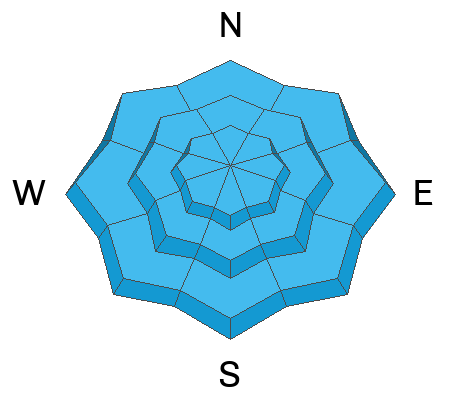Forecast for the Salt Lake Area Mountains

Issued by Dave Kelly on
Monday morning, January 2, 2023
Monday morning, January 2, 2023
Dangerous Avalanche Conditions exist. Avoid traveling on or underneath slopes over 30 degrees.
The avalanche danger remains HIGH at the mid and upper elevations. Natural and human triggered avalanches are likely. On northwest through easterly facing aspects, avalanches may step down into older facets, leading to large and destructive avalanches. The lowest elevation terrain has a CONSIDERABLE avalanche danger.
Yesterday ski area and road operations reported large avalanches 4-6' deep and up to 600' wide running on the buried November facets. These avalanches would be unsurvivable.

Low
Moderate
Considerable
High
Extreme
Learn how to read the forecast here









